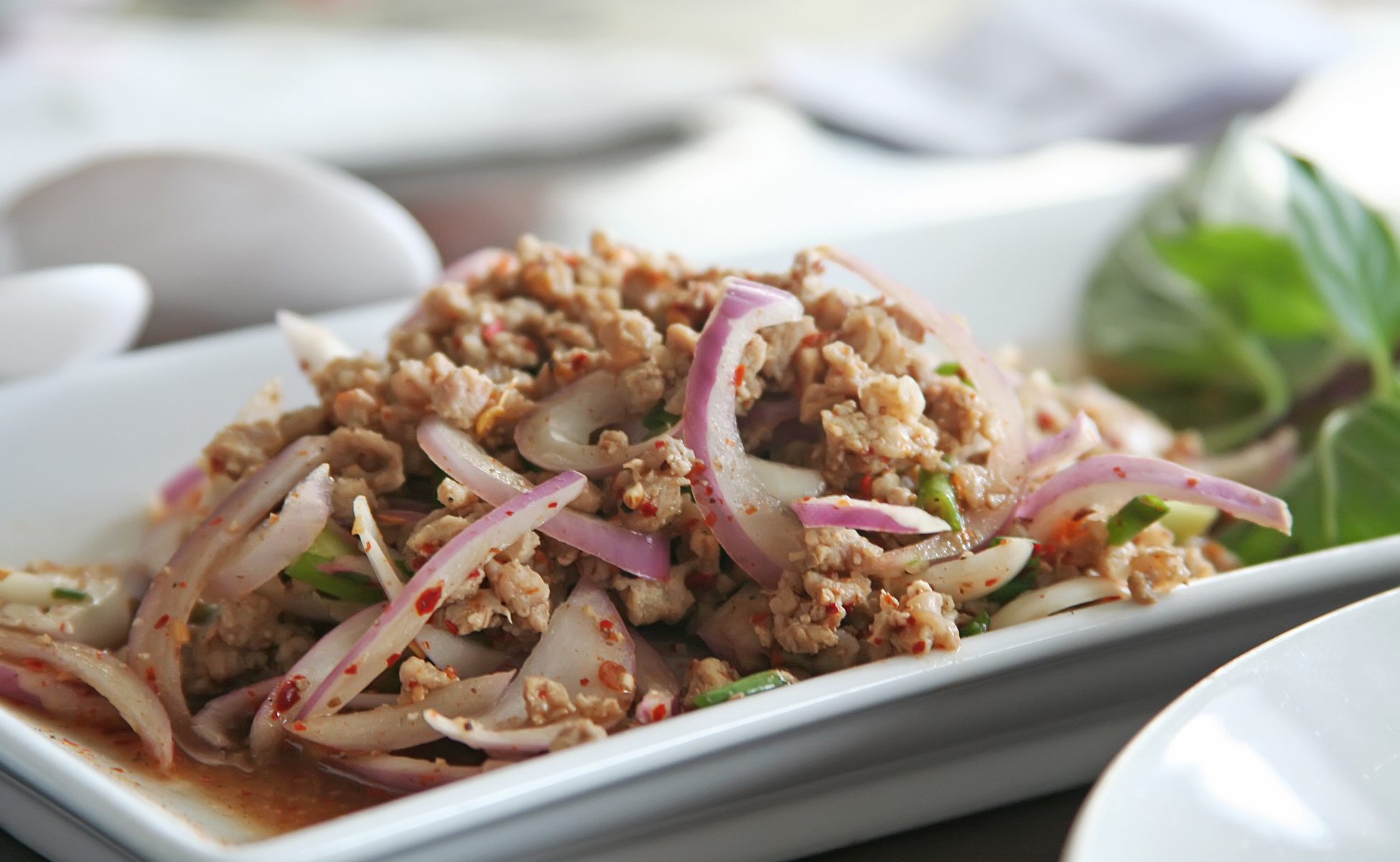The Delicate Balance of Thai Cuisine
Thai Cuisine is famously revered around the world for its delightful tastes. Its dishes feature saltiness to highlight umami tastes and elevate vegetables, seafood, or meat—including pad thai, which was featured as one of CNN’s 50 Best Foods list!
Thai meals typically feature rice with various accompanying dishes to provide a harmonious combination of flavors and textures. They focus on four fundamental taste categories: spicy, sweet, sour, and salty.
Thai Cuisine is Spicy
While spicy cuisine is certainly enjoyed in Thailand, most dishes don’t feature overwhelming spicy elements. Most feature an appealing blend of sweet, sour, salty, and bitter flavors that complement each other beautifully, resulting in a flavorful culinary experience sure to tantalize your senses and leave you craving more!
These frequently utilize herbs, spices, and flowers to add an additional sweet note to their dishes. Cinnamon can be found both as an ingredient for cooking and in desserts like sweet sticky rice, with studies suggesting it has anti-aging, diabetic management, and digestive properties.
Other essential Thai ingredients include lime leaves, lemongrass, kaffir lime leaves, tamarind juice, and fish sauce (pla ra). These add fragrance and citrusy and sour flavors to their dishes, with chilis introduced by Portuguese missionaries during the 16th century becoming one of the most favored ingredients.
Thai Cuisine is Flexible
Thai cuisine is extremely adaptable and can easily adapt to local ingredients and cooking styles. Thanks to a balanced combination of sweet, salty, sour, and spicy flavors, Thai cuisine remains extremely healthy. Furthermore, many dishes prepared using minimal oil make Thai cuisine healthier than its Western counterparts.
Thailand is home to diverse regional cultures, which are evidenced in its cuisine. This diversity can be attributed to the immigration of various groups and the spread of Buddhism and its impact on diet and dietary practices.
Thai cuisine can be found everywhere, from street stalls and markets to restaurants with communal tables. Some large corporate operations exist, while many smaller family-run operations provide customers with delicious cuisine that’s labor-intensive but ideal for delivery service – making Thai a favorite with customers!
Thai Cuisine is Unique
Thai cuisine stands out among global cuisines for its dynamic yet harmonious combination of flavors, using herbs like lemongrass, kaffir lime leaves, and galangal to impart distinctive aromatic aromas into dishes as well as various spices to produce complex flavor profiles.
Thai cuisine incorporates influences from neighboring countries such as Cambodia, Laos and Burma into its cuisine. Indian spices and flavors play an influential role in its curries while Chinese food plays an integral part of Thai culture.
Due to Chinese migration into Thailand 1,400 years ago, frying and stir-frying became prevalent cooking techniques, leading to dishes such as pad thai and fried rice. Furthermore, the introduction of chili pepper from Americas during 16th or 17th century changed Thai taste further; traditionally dishes would either be stewed, baked or grilled; now Thais often combine multiple methods when creating their dishes.
Thai Cuisine is Tasty
Thai cuisine is delicious and distinctive because of its exquisite blend of flavors. In particular, the sweetness adds another dimension that perfectly balances other flavors present in each dish; an example being Pla Kapung Neung Manao which features steamed lime fish with a sweet-and-sour sauce made up of cilantro and chilis.
Thai cuisine stands out from other Asian cuisines by using spices and herbs, typically chopped, grated, or pounded, to release their oils and flavors into dishes. Thai chefs also employ various cooking techniques, including frying, steaming, and roasting, when creating their recipes.
Thai cuisine has been dramatically shaped by various cultures over time. Chinese flavors have influenced traditional Thai dishes like pad thai and khao pad Cheung. Also, Portuguese traders introduced chili pepper to Thailand during the 17th century; now, this spice forms part of its cuisine.

